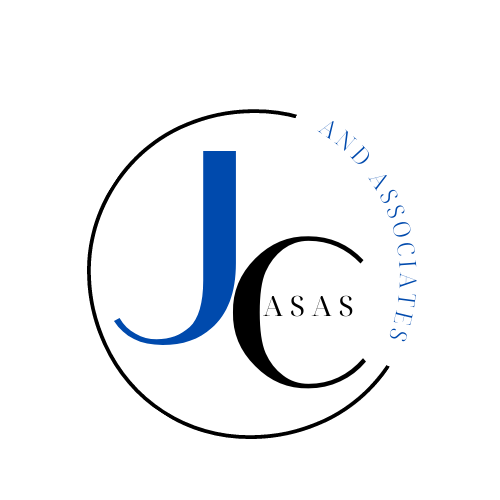Starting a Movement in a PLC: Building Culture from the Inside-Out
The most common challenge for schools on the PLC journey is how to transition from a culture of compliance to a culture of commitment. How to move from ‘doing PLC,’ to ‘becoming a PLC’; from ‘my kids’ to ‘our kids.’ The gap between these two junctures is a critical and often-overlooked aspect of the PLC journey; creating a culture of collective responsibility. Collective responsibility in a PLC exists when two fundamental assumptions are in place:
We believe in our ability to ensure high levels of learning for all students
We make the collective commitment to ensure learning occurs for every student
Every school has a mission and vision statement, however, for many schools these statements are not worth the paper on which they are written. While educators agree that school communities should have some form of mission, vision, and set of values to guide their work, few can articulate what is being done to make it so. Using the Authentic Alignment model, Ken Williams engages school teams/participants in building a culture of collective responsibility by:
o Exploring the WHY of the work; examining existing culture and their shared fundamental purpose.
o Clarifying commitments to the essential work of a PLC.
o Connecting the moral imperative to the essential work
o Intentionally keeping the WHY of work the present in every aspect of your PLC
Collective responsibility requires much more than clichés, slogans and catchphrases. It requires that the moral imperative of your work to coarse through every aspect of your school’s culture. Learn how to have your posters reflect your practice.
